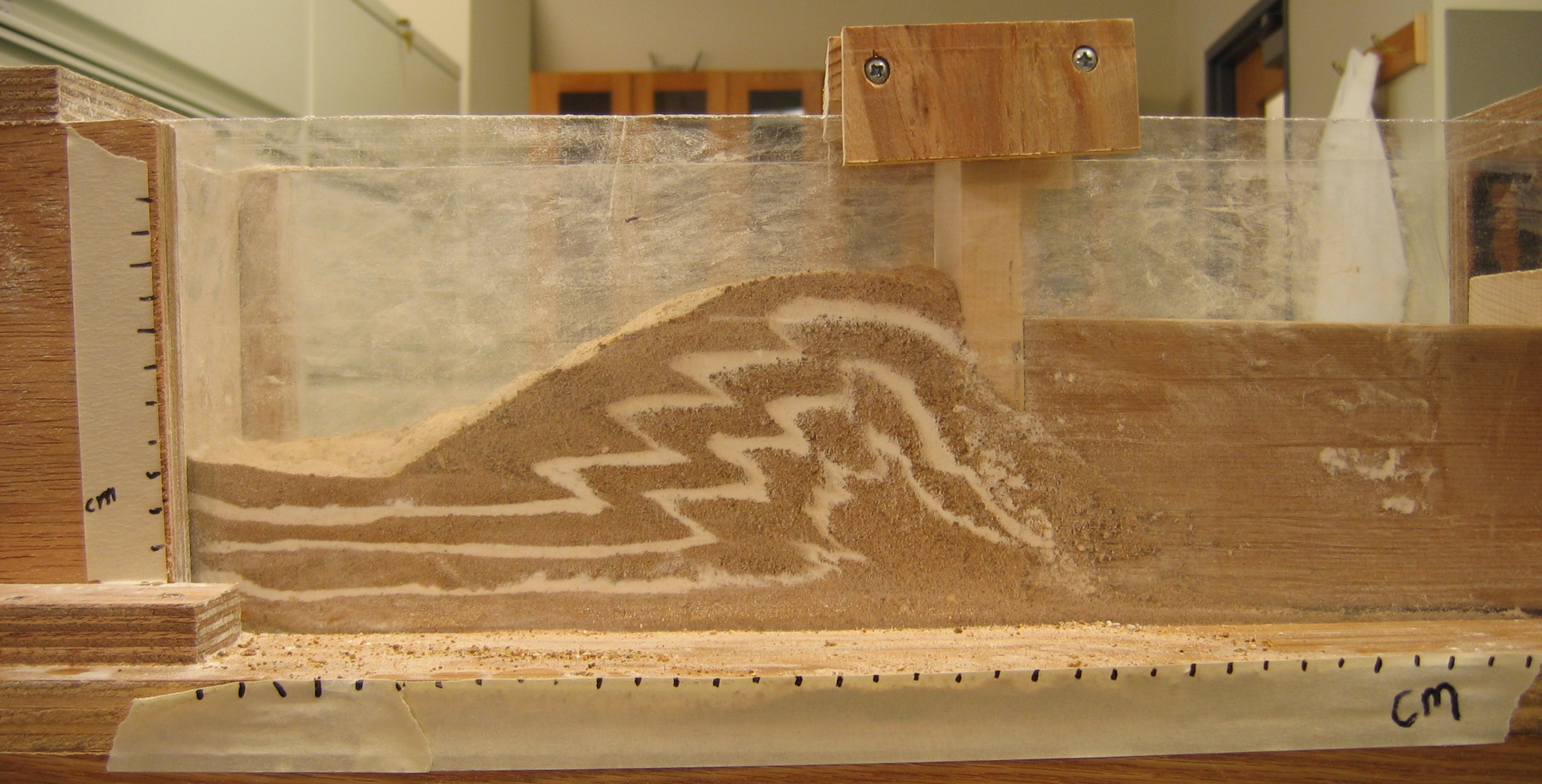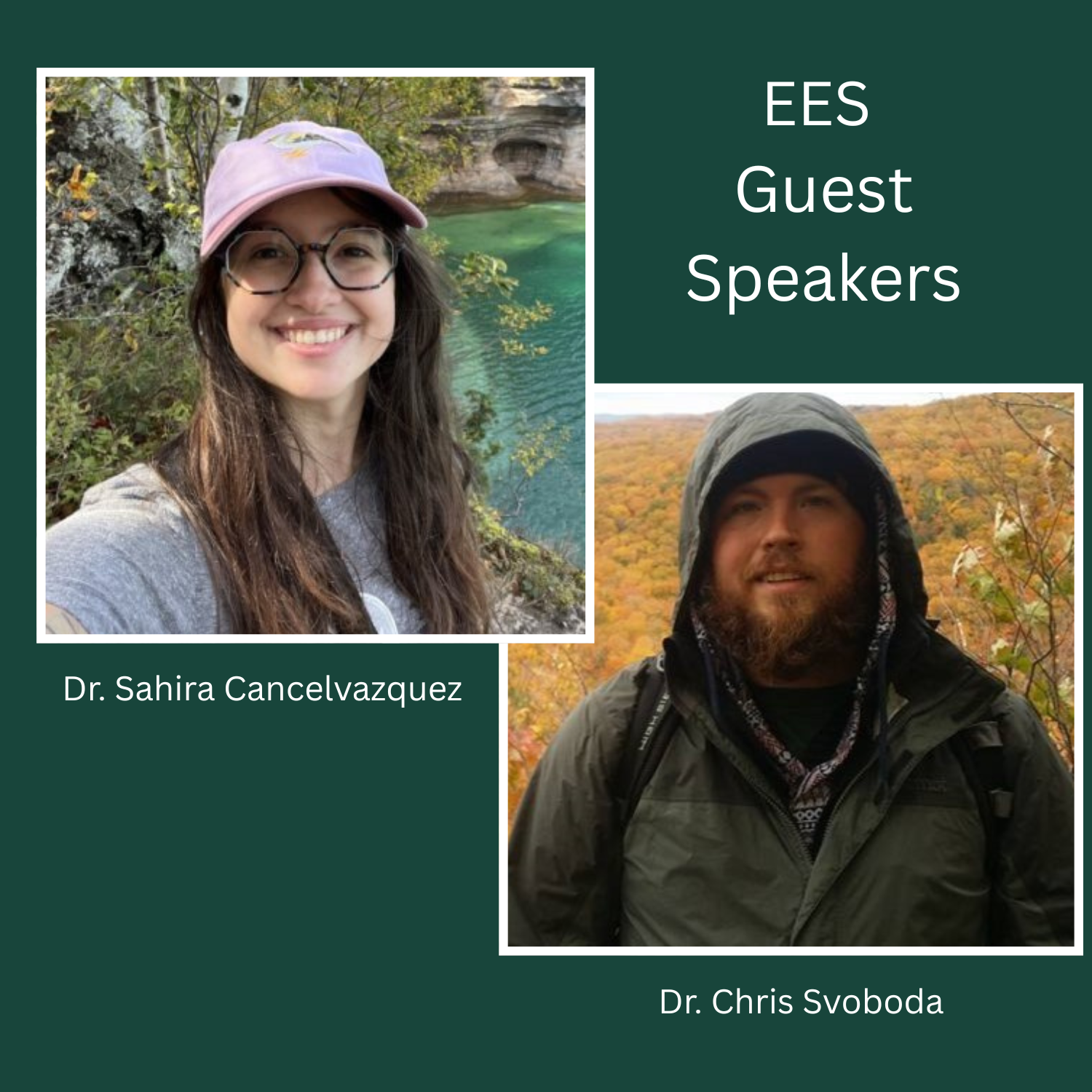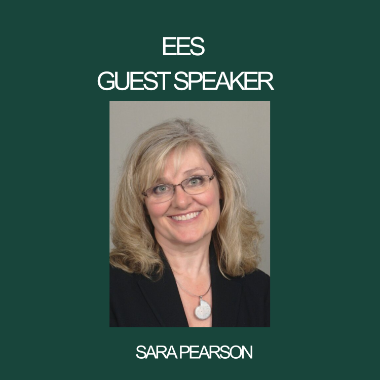Early CAREER Award Offers A New View of Earth's Interior
Michigan State University Seismologist Songqiao “Shawn” Wei is the recipient of a $501,597 National Science Foundation Early CAREER Award to conduct a series of seismic attenuation studies on regional and global scales. These systematic investigations will potentially advance our understanding of seismic interpretation, upper-mantle dynamics, and material recycling in the Earth’s interior.

Seismic observations help us understand the geological processes in subduction zones, where megathrust earthquakes occur and most volcanoes form. Seismologists usually measure seismic wave speed propagating in rocks to probe the temperature, composition, and rheology (or deformation and flow of matter) of the underground world. Yet many details of the subduction processes remain unknown partly because interpreting seismic wave speed suffers ambiguities.
“Because we have only one measurement, which is the speed, we have a lot of unknowns, like temperature, and rock composition, or the existence of fluids, so the interpretation is always non-unique.” said Wei, Endowed Assistant Professor of Geological Sciences in the Department of Earth and Environmental Sciences (EES). “That's a big problem for the entire Solid Earth field.”
“What I'm proposing is trying to constrain different aspects of seismic waves called attenuation, basically measuring how fast this energy gets dissipated, or gets converted into heat,” he added.
Compared to abundant studies of seismic wave speed, limited seismic attenuation studies are critical to providing a different point of view of the Earth’s interior. In particular, attenuation has great potential for detecting magma, water, and oxygen associated with the formation of volcanoes and earthquakes.
“Built upon my previous PhD experience, and also experience with peers, we can better measure attenuation deep into subduction zones and on a global scale,” Wei explained. “After that, we can compare attenuation studies with many, many different wave speed studies. This will tell us where there is water or magma or some temperature or compositional differences in the mantle.”

Wei plans to first improve the existing seismic methods to separate seismic wave propagation effects (attenuation) and the earthquake source spectrum dynamics, because both components contribute to the final observation at a seismic station. Wei will also use full-waveform simulations to quantify the effects of elastic scattering (another way to dissipate energy without converting it to heat) on attenuation measurements. Then the improved methods will be applied to multiple subduction zones with three focus sites: Tonga, Alaska, and central Chile and Argentina.
At the same time, his group will image attenuation in the upper mantle using 45 years of global seismic data. Then they will compare the new attenuation measurements with published seismic wave speed models and geochemical constraints for quantitative interpretations.
In addition to the attenuation research, Wei’s project will provide three opportunities to develop a diverse geophysics workforce at Michigan State University (MSU).
“First, I will help the MSU Science Theater, an undergraduate student organization, develop several geophysics demos for use at local elementary schools and on the MSU campus. These demos will inspire grade-schoolers, engage and recruit diverse undergraduate students from other STEM majors, and explain seismic attenuation to public groups. We will also install Raspberry seismometers to record signals from college football activities or “footquakes” to raise the public awareness of geophysics.” Wei said.

Second, Wei will develop a junior-level modular course titled Mathematics and Physics in the Earth (MPE), to prepare geoscience students with much needed quantitative skills. The modules will utilize interesting geological phenomenon to introduce mathematical concepts. The long-term goal is to incorporate MPE modules into university-wide math education to increase the exposure of geophysics to other STEM students.
According to Wei, “Everything is taught in a geological way. It's different from the regular math and physics courses in that it's really built for Earth science students.”
Finally, this project will provide hands-on research opportunities for graduate students and undergraduate students.
“I want to rebrand our field. People have a stereotype of geoscientists as people going out hiking, camping, using a hammer to collect rocks, but that's not all. A lot of researchers in my field don't go into the field at all. We are using big data and all the computational techniques. Some people receive samples and work in the laboratory all the time. We have many other approaches now.” Wei emphasized.
In addition to the scope of the project, Wei hopes to use his research to establish empirical temperature-attenuation-velocity relationships that can be used by the seismic community for future seismic interpretations. The global body-wave attenuation model of the upper mantle will also serve as a valuable baseline for the community.
EES Interim Chair Jeff Freymueller described the impact of the award, “We are incredibly proud of Shawn’s accomplishment. He is the fourth CAREER award recipient in Earth and Environmental Sciences since 2018. That is a tremendous achievement, not only for the individual faculty members, but for our department as a whole. It speaks volumes about the quality of our faculty.”
“I’m really humbled and honored.” Wei said. “Because of the scope of the CAREER Award, they really want us to have bigger ideas and to try to boost our career. Someday, I hope to become one of the experts on attenuation in the world and it’s because of the scope of this award that I can dream bigger.”



